Technical Articles
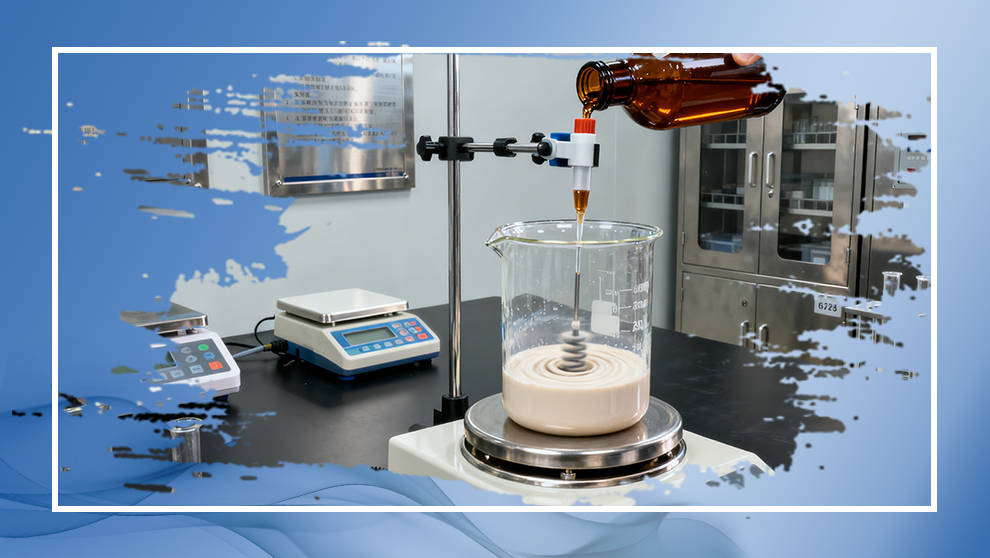
Accurately evaluating the dispersion of ceramic slurries is crucial for ensuring the final product quality. From basic particle size analysis and rheological measurements to advanced ultrasonic monitoring and multiple light scattering techniques, various testing methods reveal the dispersion state and stability of the slurry from different dimensions.
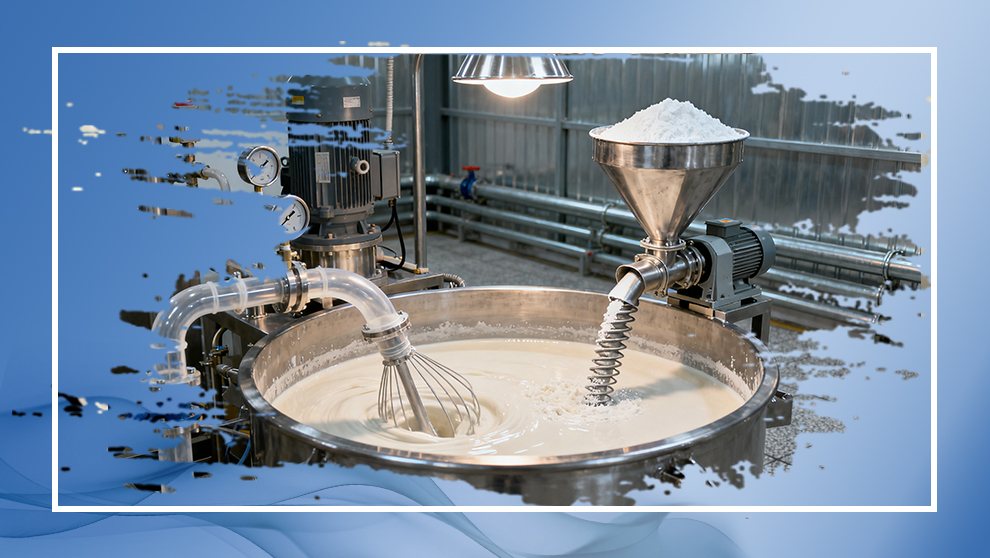
By systematically comparing the effects of different dispersants on the viscosity of ceramic slurries, it has been confirmed that high-performance polymer dispersants significantly outperform traditional small-molecule dispersants in reducing viscosity and maintaining stability. The efficacy of dispersants is jointly constrained by multiple factors such as their stabilization mechanisms, optimal concentrations, powder characteristics, and additive compatibility. In-depth understanding of the interactions among these variables, and determining the optimal dispersing solution for specific systems through experiments, is crucial for achieving the ideal rheological properties of ceramic slurries and subsequent forming processes.

The compatibility between dispersants and other additives in ceramic formulations is key to achieving stable slurry and high-quality products. Interactions such as the adsorption competition of binders, the functional counteraction of flocculants, and the charge neutralization of surfactants can all disrupt slurry stability and lead to product defects.

High-solid-content ceramic slurry, due to its high particle density and small free volume, poses stricter requirements for dispersants. Successful dispersion solutions rely on dual stabilization mechanisms combining electrostatic repulsion and steric hindrance, and maintain slurry stability in a dense particle environment through the strong anchoring effect of high-molecular-weight polymers and the barrier effect of long chains.
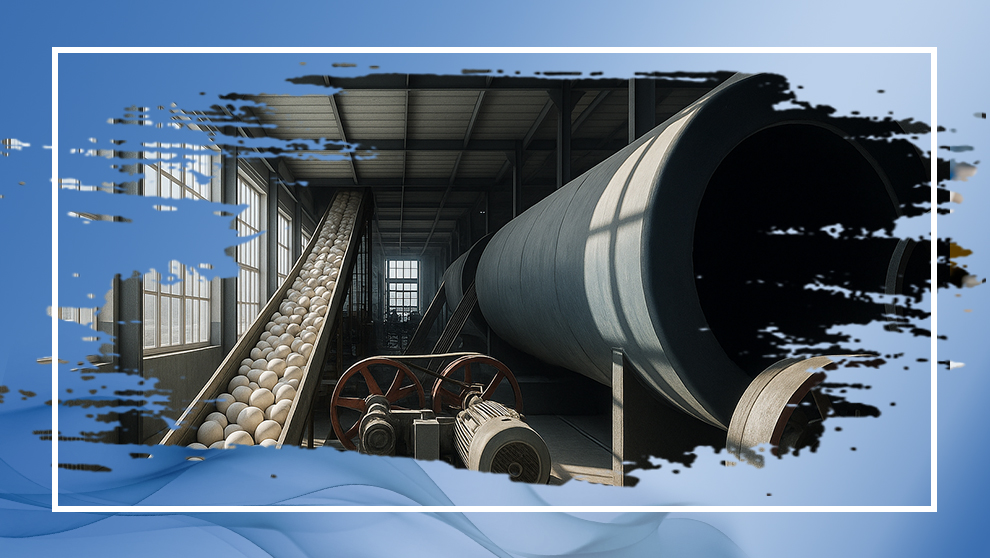
Dispersants play a dual role in ceramic production, saving energy and reducing consumption while improving quality. By optimizing the rheology of the slurry, they can significantly shorten grinding time, lower firing temperature, and promote the effective utilization of recycled materials, thereby directly reducing energy consumption and raw material costs in the production process.

Water-based polymer dispersants play a crucial role in modern sanitary ware production. By improving particle dispersion, enhancing fluidity, and reducing energy consumption, they can help manufacturers produce high-quality, defect-free, and environmentally friendly ceramics. For manufacturers aiming to optimize cost and performance, adopting advanced polymer dispersants is no longer optional but essential for the future

The dosage of dispersant is a key parameter for fine-tuning in the preparation of ceramic slurry. Insufficient dosage will lead to particle aggregation and sedimentation, while excessive dosage will cause the slurry to become too dilute and result in performance instability.

The interaction mechanism between dispersants and ceramic powders is complex, resulting from the synergistic effect of multiple factors. By reasonably selecting dispersants and regulating the medium environment, an efficient powder dispersion effect can be achieved.

Successful selection must be based on a systematic analysis of particle surface characteristics, medium environment, and process requirements. By scientifically evaluating the adsorption properties, compatibility, and effects on rheological behavior of dispersants, and combining experimental verification of key process parameters such as gelation time, the optimal dispersant solution capable of providing low viscosity and high stability of the slurry can be accurately screened. This refined selection process is of decisive significance for improving mold quality and reducing production defects.

Dispersants, as a key additive in ceramic slurry preparation, effectively solve process challenges such as particle agglomeration, sedimentation, and poor fluidity through dual stabilization mechanisms of electrostatic repulsion and steric hindrance. They not only significantly reduce slurry viscosity and improve processing performance but also ensure long-term uniformity of the slurry by forming stable double electric layers and polymer barriers. With in-depth research on the interaction mechanisms between dispersant molecular structure and particle surfaces, the development of high-performance and environmentally friendly dispersants will further promote the refinement and efficiency of ceramic manufacturing.
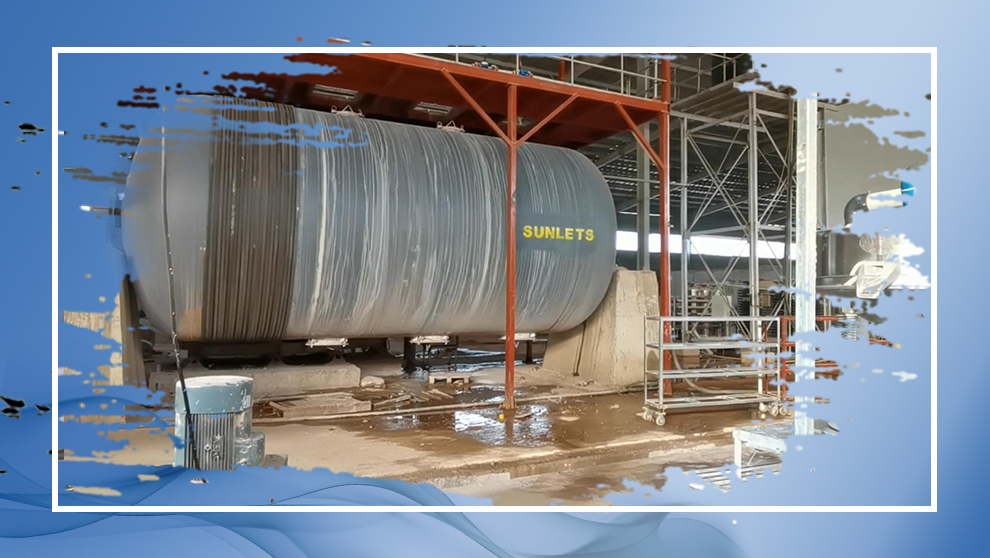
Faced with increasingly stringent environmental requirements and the high-end market's pursuit of ultimate material performance, future technological development will focus on the recycling of water and energy resources, the value transformation of waste, and maximizing resource efficiency through precision mining and AI technology. Meanwhile, breakthroughs in advanced refining technologies such as magnetic separation, flotation, micronization, and surface modification will continuously expand the application boundaries of kaolin in cutting-edge fields such as specialty ceramics and high-performance composite materials.
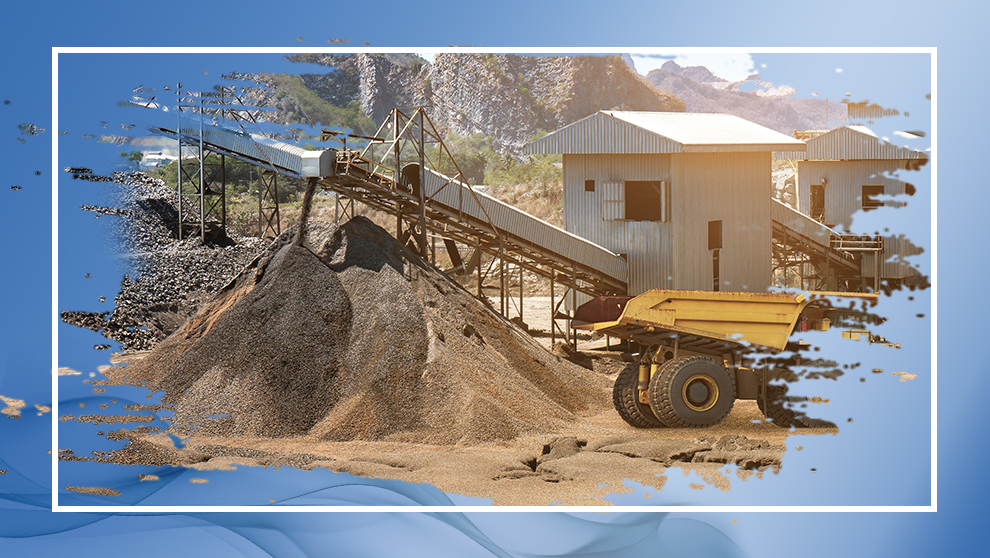
The global feldspar market is on a trajectory of sustained growth, primarily driven by strong demand from traditional end-use industries such as glass and ceramics. This growth persists despite challenges including geopolitical factors, environmental regulations, and logistical costs. Economic growth and emerging applications in the Asia-Pacific region will provide new impetus to the feldspar market. Industry players need to strike a balance between growth and sustainability to navigate the evolving market environment.
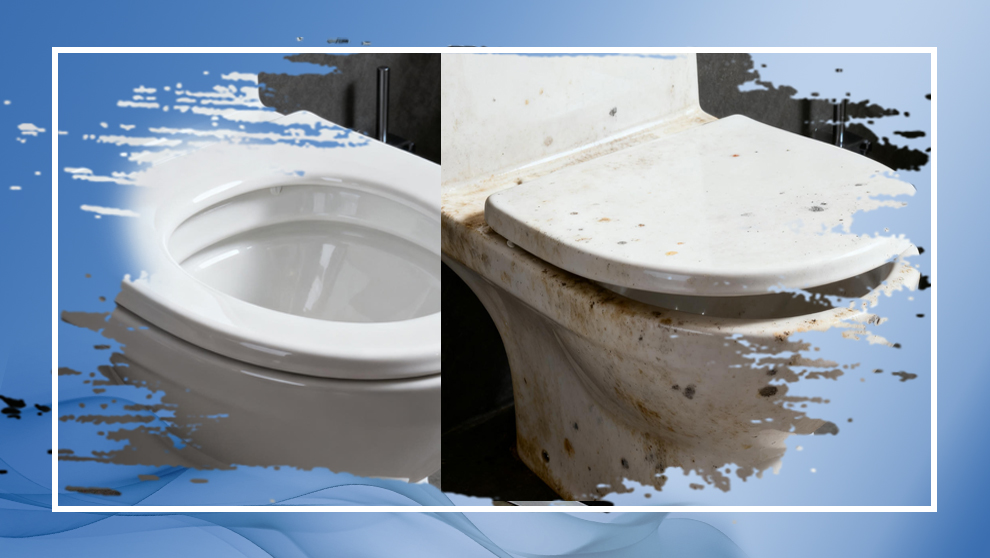
Impurities not only cause grain boundary distortion and reduce material density, but also directly lead to obvious defects such as cracking, warping, and discoloration, severely restricting the mechanical strength, thermal stability, and service life of products. Therefore, in modern ceramic manufacturing, establishing strict raw material screening and purification standards, combined with precise control of the sintering process, is the fundamental way to effectively suppress the harm of impurities and improve product consistency and reliability.

As an indispensable basic raw material in the ceramic industry, kaolin is particularly versatile in glazes and blanks. It not only ensures uniform application and firm bonding of glaze through excellent suspension and adhesion, but also effectively prevents glaze cracking by adjusting the coefficient of thermal expansion, significantly improving the yield and aesthetic quality of the product.

The grain size of quartz is a crucial microfactor determining the final strength and reliability of sanitary ceramic products. Research indicates that optimizing particle size within the range of 10-30 micrometers is far more critical than adjusting firing temperature or quartz content.
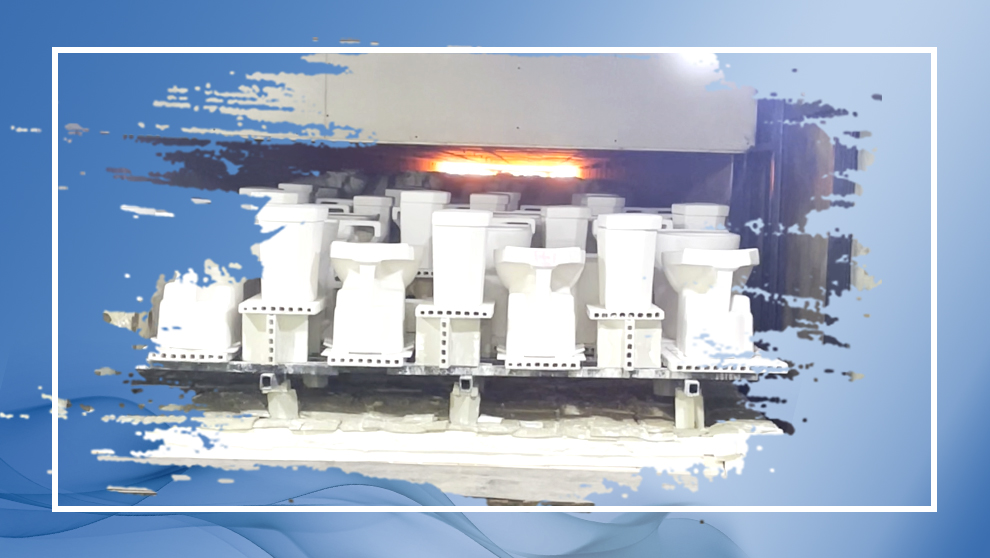
As a critical fluxing agent, its content directly determines the sintering temperature window, the amount of glass phase formed, and the degree of product densification. Scientifically increasing the feldspar ratio can effectively lower firing temperatures and broaden the firing range, thereby achieving energy savings, reduced consumption, and improved efficiency. Conversely, reducing its usage is crucial for obtaining specific high-temperature properties.
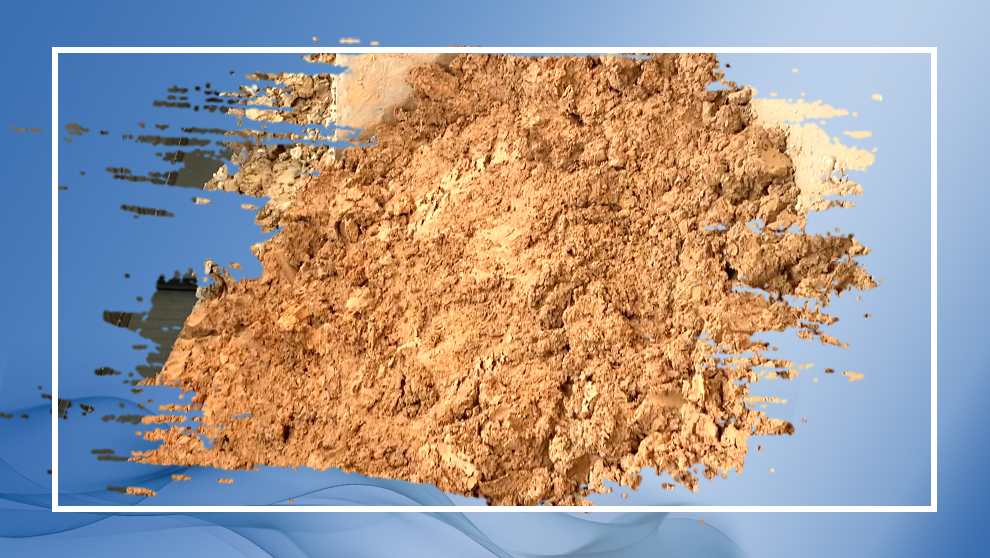
Clay plasticity is the pivotal variable determining the ultimate performance of ceramic bodies from forming to firing. It is a double-edged sword: high plasticity endows bodies with superior formability and green strength, enabling the production of complex shapes; yet it also carries heightened risks of drying shrinkage and cracking.
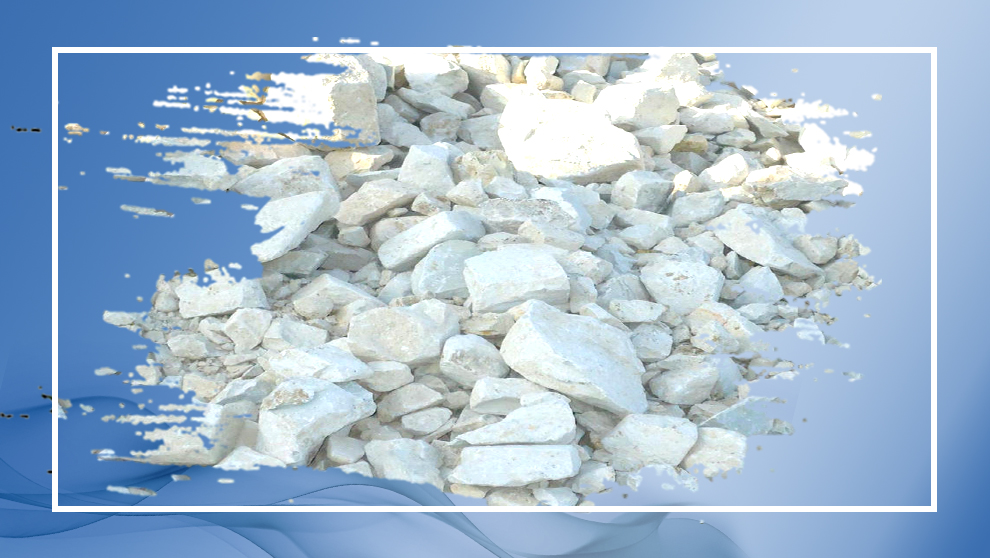
We conduct in-depth research into the interaction mechanisms between kaolin and products. Through close collaboration with our customers, we will continue to develop high-value-added kaolin solutions, helping customers enhance product performance, reduce production costs, and minimize their carbon footprint.

In developing high-end products like sanitaryware, scientifically selecting quartz raw materials is crucial for optimizing body microstructure, mitigating cracking risks, and enhancing product reliability. Precise control over quartz thermal behavior serves as an indispensable bridge connecting ceramic formulation design with exceptional product performance.
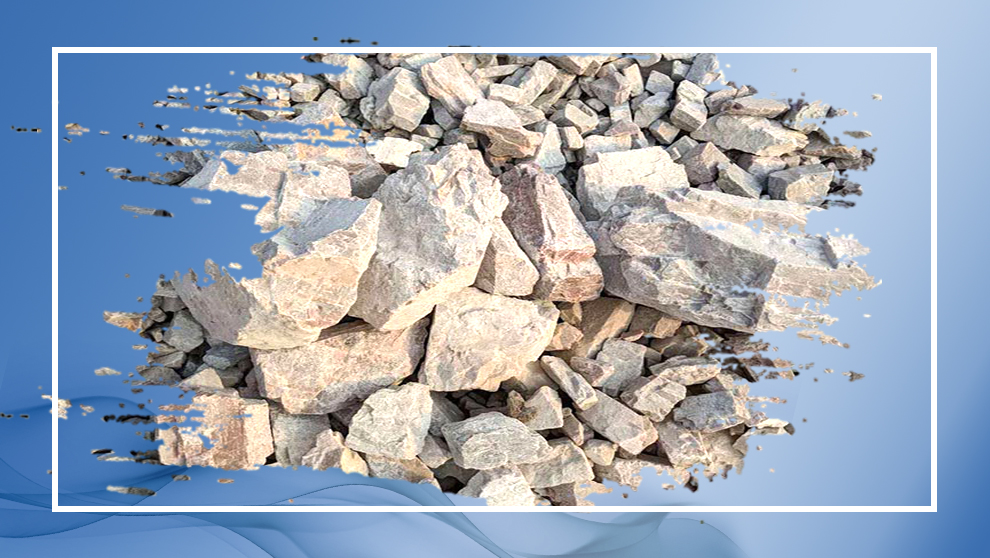
Feldspar plays an indispensable multifaceted role in sanitaryware body formulations. It serves not only as an efficient natural flux agent, significantly lowering firing temperatures and optimizing energy consumption, but also as a key element in constructing the ceramic body's microstructure. By forming a glass phase, feldspar substantially enhances the product's mechanical strength, hardness, and durability. Simultaneously, its regulation of the firing process effectively minimizes product shrinkage and deformation.